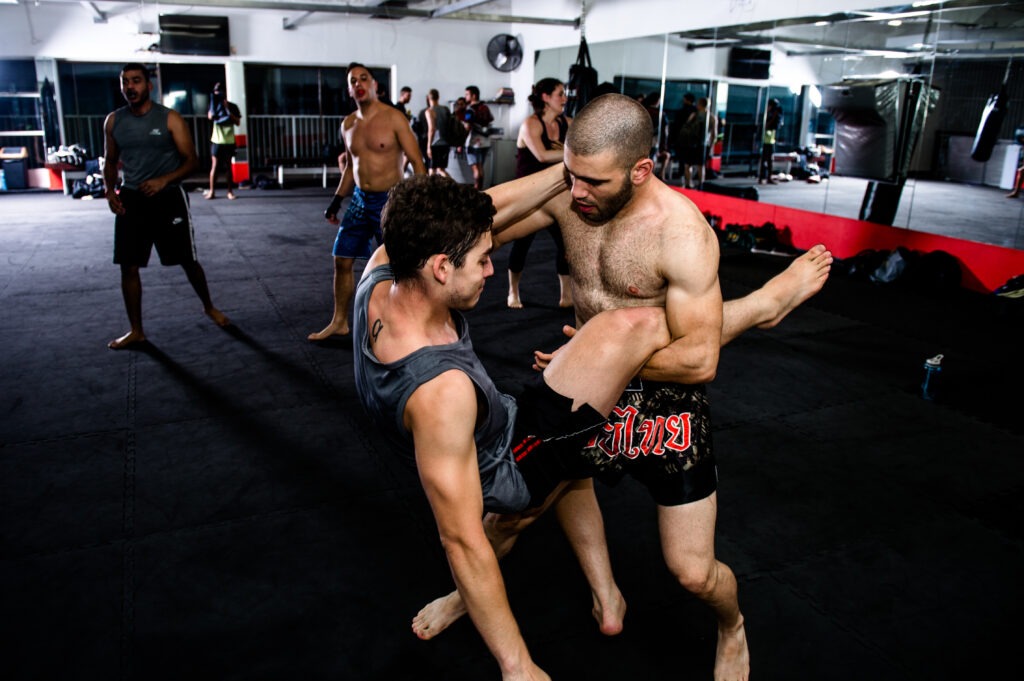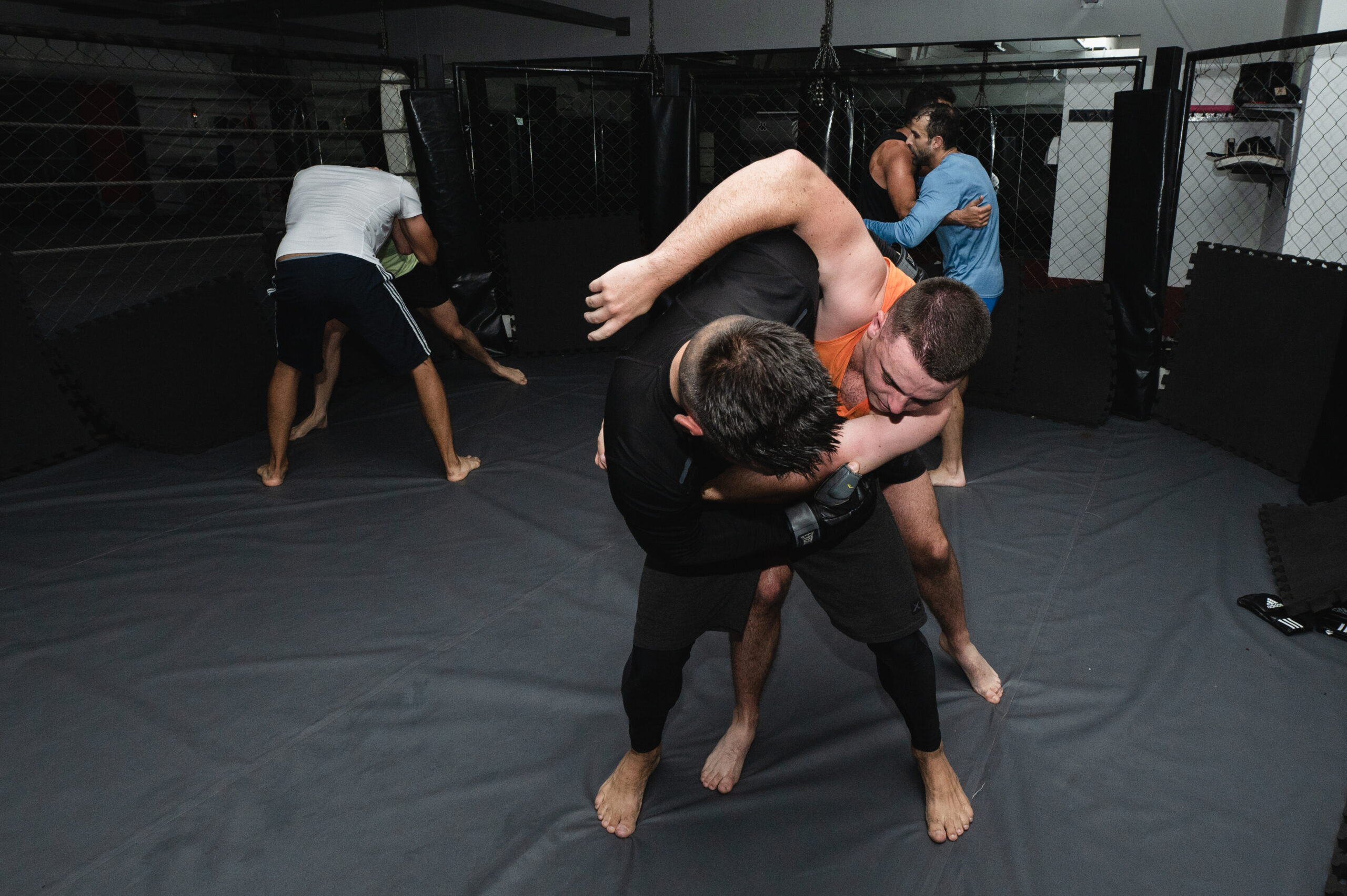No products in the cart.
Grappling Basics: Mastering the Takedown and Taking Control on the Mat
Welcome to the world of grappling! Whether you’re interested in wrestling, Brazilian Jiu-Jitsu, or MMA, mastering fundamental grappling techniques is essential and here’s why:
Wrestling an age-old sport, is a test of strength, strategy, and skills. And it is a core component of many martial arts and combat sports, renowned for its emphasis on grappling and ground control. For beginners, mastering the foundational techniques is crucial for building a strong base!
This guide equips you with the knowledge to dominate on the mat, covering foundational wrestling moves, takedown techniques, and grappling skill-building tips.

Overview of Foundational Wrestling Techniques
Before diving into specific moves, it’s important to grasp the fundamental principles of wrestling. These foundational techniques serve as the building blocks for more advanced maneuvers and strategies. Key areas to focus on include:
Stance and Movement
A solid wrestling stance provides balance, power, and readiness to attack or defend. Typically, wrestlers adopt a low, staggered stance with knees bent and weight distributed evenly on both feet. Movement, or “footwork,” involves small, controlled steps to maintain balance while staying agile.
Hand Positioning
Proper hand placement is essential for both offense and defense. Hands should be ready to block attacks, initiate holds, or execute takedowns. Keeping your elbows close to your body and hands up can help in maintaining a strong defensive posture.
Body Control
Effective wrestling relies heavily on body control—both your own and your opponent’s. This involves using leverage, balance, and positioning to dominate your opponent. Learning how to shift your weight and use your body as a fulcrum is key to successful grappling.
Wrestling techniques can be broadly categorized into takedowns, holds, and escapes. Understanding these categories helps beginners focus their training on the essential elements of wrestling.
Takedowns
Takedowns are maneuvers aimed at bringing your opponent to the ground. Common takedowns include:
-Double Leg Takedown: A powerful move where you grab both of your opponent’s legs and drive them to the mat.
– Single Leg Takedown: Involves grabbing one leg and using leverage to take your opponent down.
-High Crotch: Similar to the single leg, but the grip is higher, near the crotch area, making it easier to lift and maneuver your opponent.
Holds
Holds are techniques used to control your opponent once they are on the ground. Key holds include:
-Half Nelson: Used to turn an opponent onto their back and pin them.
-Armbar: A control technique that immobilizes the opponent’s arm, making it difficult for them to escape.
– Cradle: A pinning move that involves locking your arms around the opponent’s neck and knee, preventing them from moving.
Escapes
Escapes are techniques used to break free from your opponent’s control. Important escapes include:
-Bridge and Roll: Used to flip an opponent off your body when they have you pinned.
-Hip Heist: A method to quickly get back to a neutral position from a defensive posture.
Step-by-Step Guides for Effective Takedowns and Holds
Here are detailed guides to a few of the most effective takedowns and holds that beginners should focus on:
- Stance: Start in a low, balanced wrestling stance.
- Entry: Step forward with your lead leg while dropping your level by bending your knees.
- Grip: Wrap both arms around your opponent’s legs, just behind their knees.
- Drive: Push off your back foot and drive your shoulder into your opponent’s midsection while pulling their legs towards you.
- Finish: Continue driving forward, keeping your head up and chest forward, until your opponent hits the mat.
- Stance: Begin in a balanced stance.
- Entry: Step forward and drop your level by bending your knees.
- Grip: Grab your opponent’s leg with both hands, just above the knee.
- Lift: Lift the leg while keeping your head on the inside of your opponent’s hip.
- Finish: Drive forward, using your body weight to bring your opponent down.
- Position: Get on top of your opponent, who should be on their stomach.
- Grip: Place one hand on the back of their head and the other under their arm.
- Leverage: Push their head down while lifting their arm up, turning them onto their back.
- Control: Secure the position by keeping your weight centered and applying pressure with your chest.
- Position: Start from the top position, side control, or mount.
- Isolate the Arm: Grab your opponent’s wrist and pull it towards you.
- Leg Over: Swing your leg over your opponent’s head while maintaining control of their arm.
- Lock: Lock your legs around their arm and pinch your knees together.
- Finish: Apply pressure by lifting your hips and pulling their arm down.

Tips for Improving Grappling Skills
Improving your wrestling skills requires consistent practice, attention to detail, and a willingness to learn. Here are some tips to help you advance:
Drill regularly
Repetition is key to mastering wrestling techniques. Regularly drilling moves helps build muscle memory and improves execution under pressure.
Focus on Conditioning
Wrestling is physically demanding. Enhance your endurance, strength, and flexibility through dedicated conditioning workouts. A well-conditioned body performs better and reduces the risk of injury.
Watch and Learn
Study matches of skilled wrestlers, both contemporary and historical. Pay attention to their techniques, strategies, and how they adapt to different opponents. Video analysis can provide valuable insights and inspiration.
Seek Feedback
The most important tip – Work with coaches and experienced wrestlers to receive constructive criticism and to SAFELY practice these techniques in a controlled environment. Feedback helps identify areas for improvement and refine your techniques.
Stay Mentally Tough
Wrestling is as much a mental game as it is physical. Stay focused, remain calm under pressure, and develop a resilient mindset. Mental toughness can make a significant difference in competitive scenarios.
Practice Good Sportsmanship
Respect your opponents, coaches, and teammates. Good sportsmanship fosters a positive learning environment and builds character, both on and off the mat.
By mastering these foundational techniques, understanding effective takedowns and holds, and continually working on your skills, you’ll be well on your way to becoming a proficient wrestler.
-Remember, wrestling is a journey of constant improvement—stay dedicated, and you’ll see progress over time.







Leave a Reply